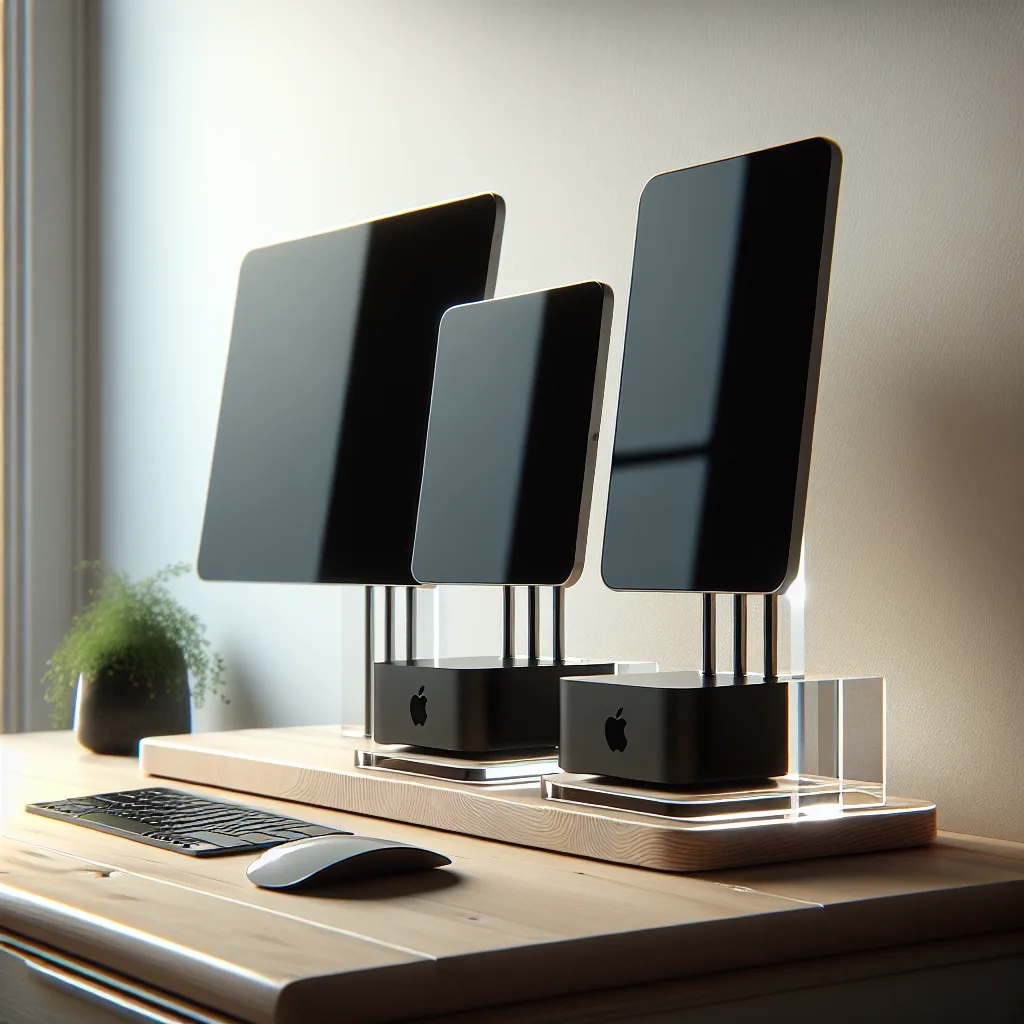Curious about why you’re seeing ‘solana’ in your server logs? Learn what these failed login attempts are and what they mean for your security.
I have a small server running at my house for a few personal projects. It’s nothing fancy, just a little box humming away in the corner. For fun, I set up a simple alert system. If someone tries to log into it and fails, it sends me a quick message on Discord.
Most of the time, it’s quiet. But a while back, I noticed a strange pattern. I was getting a flurry of failed login attempts, and they all had one thing in common: the username was “solana.”
At first, I brushed it off. Just another bot, right? The internet is buzzing with automated scripts constantly probing for weaknesses. They knock on every digital door, hoping to find one unlocked. These bots try common usernames like “admin,” “root,” or “test.” It’s the digital equivalent of checking if you left a key under the doormat.
But “solana” was different. It wasn’t a default system name. It was oddly specific. And it was persistent.
So, What’s the Deal with “Solana”?
My curiosity got the best of me. Why that name? A quick search confirmed my initial hunch: I wasn’t the only one seeing this. It turns out, this is a widespread phenomenon. System administrators all over the internet have been noticing the same thing. Their logs are filled with failed login attempts from a user named “solana.”
So, what’s going on? It all seems to trace back to the world of cryptocurrency.
Solana is a popular blockchain platform known for its fast transaction speeds and low fees. Because of its popularity, it’s a big target for hackers and scammers. The ecosystem around Solana involves validators, which are computers responsible for verifying transactions and maintaining the integrity of the network.
The leading theory is that these login attempts are from a botnet—a large, interconnected network of compromised computers—that has been specifically designed to target servers running Solana validator nodes.
How the Botnet Likely Works
Here’s the probable game plan for these bots:
- Scanning the Internet: The botnet constantly scans the entire internet for servers with open SSH ports (Port 22), which is the standard por for remote management.
- Brute-Force Attacks: Once it finds an open port, it starts a “brute-force” attack. This means it tries to guess the username and password over and over again. Instead of generic usernames, this botnet uses “solana.”
- The Goal: If it manages to guess the correct credentials for a server, it then checks to see if that server is running a Solana validator. If it is, the attacker has hit the jackpot. They can then try to steal the crypto assets associated with that validator, disrupt its operations, or use it for other malicious activities.
The reason so many of us are seeing these attempts on our personal, non-crypto servers is that the botnet doesn’t know what kind of server it’s attacking beforehand. It’s just casting a very wide, but oddly specific, net. It’s playing a numbers game. By trying “solana” on millions of servers, it only needs to find a few that are actual, poorly secured validator nodes to make a profit.
Should You Be Worried?
If you’re like me and just running a personal server for hobbies, seeing these “solana” attempts isn’t a reason to panic. It’s just noise. As long as you’re practicing good security hygiene, you’re fine.
Here are a few basic things everyone should do:
- Use Strong, Unique Passwords: This is the most important step. Don’t use “password123.” Use a password manager to generate and store something long and complex.
- Change Default Usernames: If your server came with a default username like “admin” or “pi,” change it immediately.
- Consider Using SSH Keys: For a more secure setup, you can disable password logins altogether and use SSH keys instead. This is far more secure than relying on a password.
In the end, this whole “solana” mystery is a great reminder of the constant, weird background radiation of the internet. It’s a glimpse into the automated battles being fought every second of every day. For most of us, it’s just a bit of strange log spam. But for a Solana validator who cut a few security corners? It could be a very bad day.
So, if you see “solana” knocking on your server’s door, don’t be alarmed. Just make sure your locks are strong. It’s not personal; it’s just a bot playing the odds.




